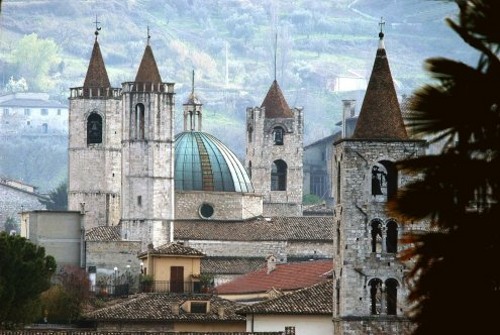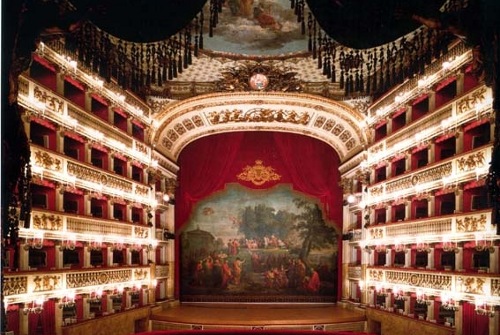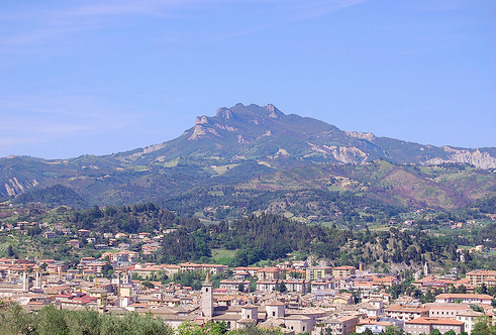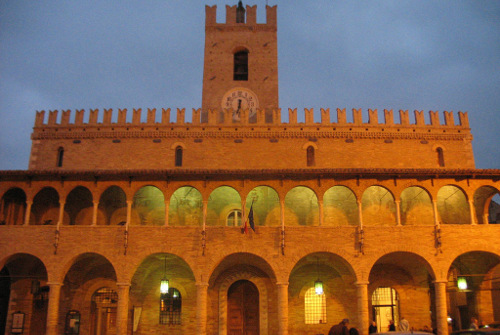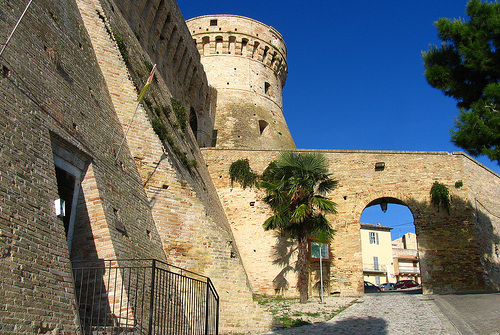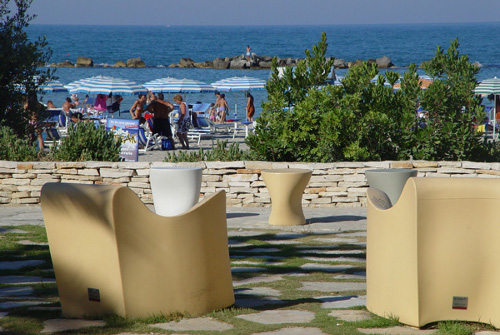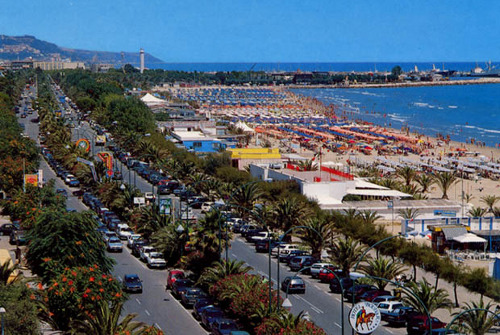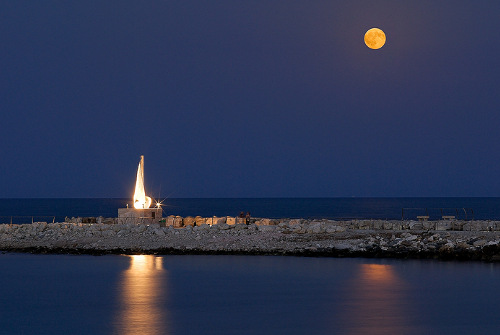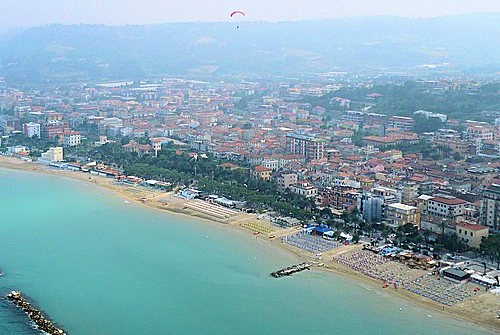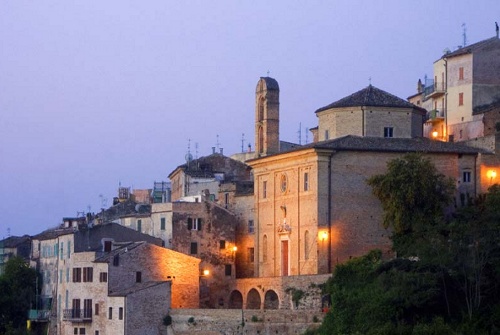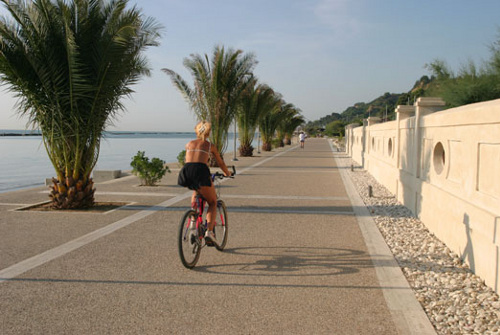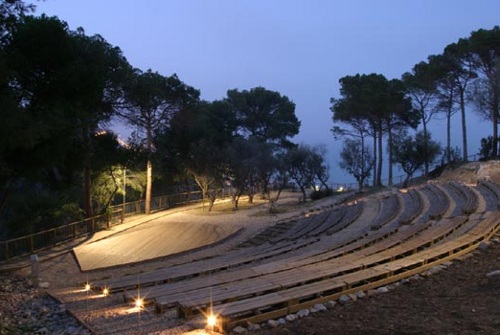
The Piceno
DESCRIPTION:
Ascoli Piceno is the Marche’s southern most province.
The area slopes down from the Apennines to the sea through mountains such as the Sibillini, which rise up along the border with Umbria, with a formation of hills on the eastern side. This sequence of hills, with the different hues ofthe orchards, vineyards, olive groves and cultivated fields, gently descend from the Apennines to the sea turning the landscape into a palette of colours.
The coast, narrow and sandy, lies between the mouth of the Chienti and Tronto rivers, and is interspersed with interesting seaside towns like San Benedetto del Tronto with its long, sandy beach and wide promenades, all surrounded by verdant palm trees; Grottammare and Cupra Marittima.
Mountains, hills, valleys, woods, beaches all give the area a great variety of landscapes that can be discovered throughout the year in all their vivid beauty.
WHAT TO SEE:
The characteristic buildings, streets and piazzas tell the story of centuries of history; from the facades of its medieval buildings to its old maze of streets and trails, Ascoli Piceno is a town of art, culture, of strong traditions.
The town is a cohesive and harmonious mix due to the widespread use of travertine marble for everything from simple buildings to palaces, from the churches to the paving of the town squares. There are two main centres in Ascoli: the Piazza del Popolo and the Piazza Arringo. The former was the location of the old forum, the residence of the People’s Captains, and a vibrant commercial center, whereas the latter was once the political heart of the town, with the Cathedral and Palazzo Vescovile. Many of the museums in town are concentrated in Piazza Arringo, also known as ‘Museum Square’; the Pinacoteca Civica (the public art gallery), with its many masterpieces by Titian and Guido Reni, the Museo Diocesano and the State Archeological Museum. A tour of the churches of the town might start from the Chiesa di S. Tommaso and end at S. Maria Intervineas, passing by 14 Romanesque churches and the Battistero, a central feature of Ascoli Piceno. This land has a long established theatrical tradition, as shown by the many theaters built in the 19th century, such as the Filarmonici, the Ventidio Basso, and the S. Francesco di Paola Auditorium.
Ascoli Piceno occupies a strategic geographic location close to the Sibillini National Park, the Gran Sasso-Laga National Park and the Sibilla Peak. Not far from the town lies Mount Ascensione.
Moving on from Ascoli to San Benedetto del Tronto, towns such as Offida are encountered and Acquaviva Picena with its 15th century fortress. Glimpses of the Middle Ages can be found in Ripatransone, also known as the “belvedere del Piceno ” due to its panoramic location. Among the coastal towns, worthy of note are the narrow streets of Grottammare and the sandy beach of San Benedetto del Tronto.
WHAT TO DO:
Those who enjoy trekking and being in the midst of nature can hike along the trails in the woods and slopes of the Sibillini Mountains, en route to the Sibilla cave, named after the prophetess who reputedly lived there, or wander around the villages, churches and historical landmarks. Nesting nearby here in is Lake Pilato where, according to legend, Pontius Pilate was dragged below the surface by buffaloes.
Many routes, both on- and off- road, have been designed to explore this varied environment, ranging from the mountains to the sea, with many climbs and descents, woods and rocky areas, all passing through breathtaking views.
Acquasanta Terme is the ideal place to refresh body and soul at a thermal spa used by the Romans, now with all the modern comforts.
WHAT TO TASTE:
The key element in the local cuisine is olive oil, which enhances the authenticity and simplicity of every course. The egg pastas are among the leading dishes, from simple tagliatelle to Campofilone maccheroncini and chitarrine. The traditional second course is mixed fried food ‘all’ascolana’ featuring renowned local olives, which are stuffed with meat and then deep-fried. They can be served as an appetizer or as a snack. The dish includes cream, zucchini, artichoke and lamb cutlets. The typical “coarseness” of the hinterland can be tasted in meat dishes like roast suckling-pig and marinated lamb. Next come dishes created around truffles and mushrooms.
Piceno wines have gained a reputation throughout Italy for their quality. The most popular are Rosso Piceno, Rosso Piceno Superiore, Offida Rosso Doc, Passerina, Pecorino and the Bianco Falerio dei Colli Ascolani.
